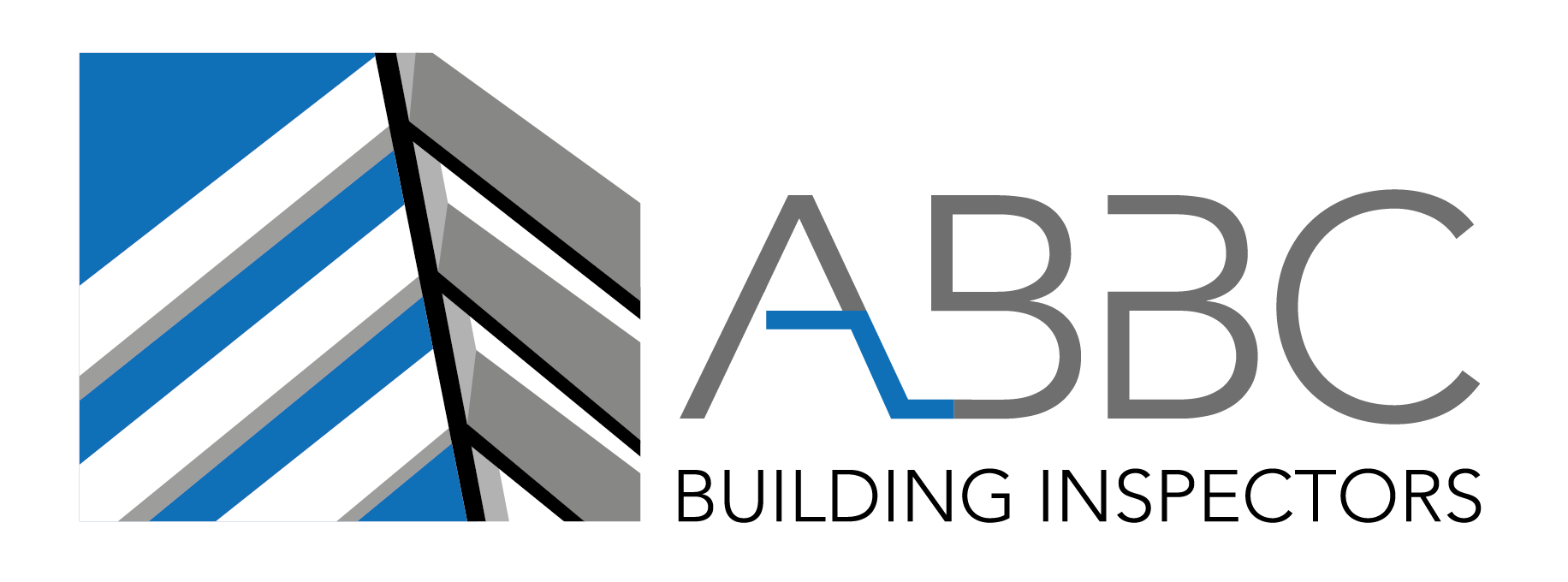Decoding Your Perth Building Inspection Report
Receiving a building inspection report can feel like you’ve just been handed a bundle of technical jargon and numbers. It’s not just a document; it’s a crucial tool that holds the keys to understanding the property you’re considering. Here in Perth, whether it’s a cozy cottage or a sprawling new build, every property hides stories behind its walls that only a thorough inspection can tell.
This guide aims to help you decode the complexities of your building inspection report. We’ll walk through the typical sections you’ll come across, explain what those technical terms really mean, and show how you can use this information not just to make informed decisions about proceeding with a property purchase but also to plan for the future. Whether you’re a first-time homebuyer or a seasoned property investor, understanding your building inspection report is crucial in navigating the realms of real estate with confidence.
Knowing what each section of the report indicates and the potential implications can save you from future headaches. It’s all about making informed decisions that ensure you invest wisely, mitigate risks, and secure a safe and sound property. Join us as we dive into the essential elements of a building inspection and unlock the secrets within your report.
What’s in Your Building Inspection Report?
A building inspection report details every key aspect of the property’s condition in several distinct sections. Typically, the report starts with identifying information for the property, followed by a detailed evaluation of various elements such as the roof, foundation, interior and exterior walls, plumbing, electrical systems, and heating/cooling systems. Each section aims to document the condition of these components, noting any defects or potential issues that could impact the property’s safety and value.
In these sections, you’ll find the inspector’s observations listed line by line, often accompanied by photographs to provide visual context to the written findings. An essential part of the report is the summary of key issues, which highlights the most significant concerns that need attention. This could range from minor aesthetic issues to major structural failures that require immediate attention. Understanding what each section of the report covers helps you grasp the full scope of what’s been inspected and the findings that have been made.
Understanding Structural Integrity Findings
The section of the report dedicated to structural integrity is crucial. Here, the inspector details the condition of the property’s foundation, load-bearing walls, beams, and roofs. Any sign of settling, cracking, or misalignment in these critical areas is reported, providing details on the potential impact and necessary actions to be taken. Structural issues are often considered the most serious because they can pose significant safety risks and lead to costly repairs if not addressed promptly.
Understanding how these issues are reported is vital. Comments in the report will specify the location and severity of each problem, with rating systems such as ‘Minor’, ‘Moderate’, or ‘Major’ often used to indicate the urgency of repair needs. For any homebuyer or property investor, pinpointing these issues quickly means being able to make informed decisions about negotiating price reductions, requesting repairs before purchase, or even deciding if the property is a safe investment. Key indicators of severe structural problems might include major cracks in the foundation or signs of roof sagging, each indicative of potentially significant and expensive future problems if left unchecked.
Deciphering Electrical and Plumbing Notes
In your building inspection report, the sections concerning electrical and plumbing systems are crucial for ensuring the safety and functionality of the property. The electrical section typically assesses the condition of the wiring, safety switches, and circuit breakers, identifying any outdated or hazardous systems. It’s vital to pay attention to remarks on any non-compliance with current electrical standards, which could pose serious safety risks.
Similarly, the plumbing part of the report will evaluate the condition of pipes, fixtures, and fittings. It details observations like leaks, water damage, and the state of the hot water system. A note on the age and condition of these elements can guide you on the urgency of required actions. When interpreting these findings, consider how the issues might impact your usage and the cost of future repairs or replacements. It’s essential to understand the severity of each listed problem — those labelled as ‘urgent’ typically need immediate attention to prevent further damage or high costs down the line.
How to Use Your Report for Future Planning
Utilising your building inspection report for future planning is a strategic step in managing your property effectively. This document is not only vital for understanding the current state of the property but also serves as a guide for scheduling maintenance and addressing issues proactively. Prioritise the repairs based on the severity and potential impact noted in the report, planning for the most critical fixes first to safeguard against more significant problems.
Moreover, the insights provided by the report can be powerful tools during property negotiations. Whether you’re considering selling shortly or renegotiating terms on a pending purchase, detailed knowledge of the property’s condition puts you in a stronger position. Highlight elements from the report that warrant adjustment of the property’s price or conditions within the transaction. This approach ensures that you make informed decisions, potentially saving or securing additional funds during negotiations.
All in all, your building inspection report is an indispensable tool that serves multiple purposes, from immediate repair needs to long-term property management strategies. It provides a comprehensive overview that can influence financial planning, preserve property value, and ensure safety.
Remember, at ABBC Building Inspector, we deliver detailed and accurate reports to help you understand and manage your property investments effectively. If you need a professional building inspection, get in touch with us. Let’s ensure your property is safe, compliant, and capable of meeting your future goals.








